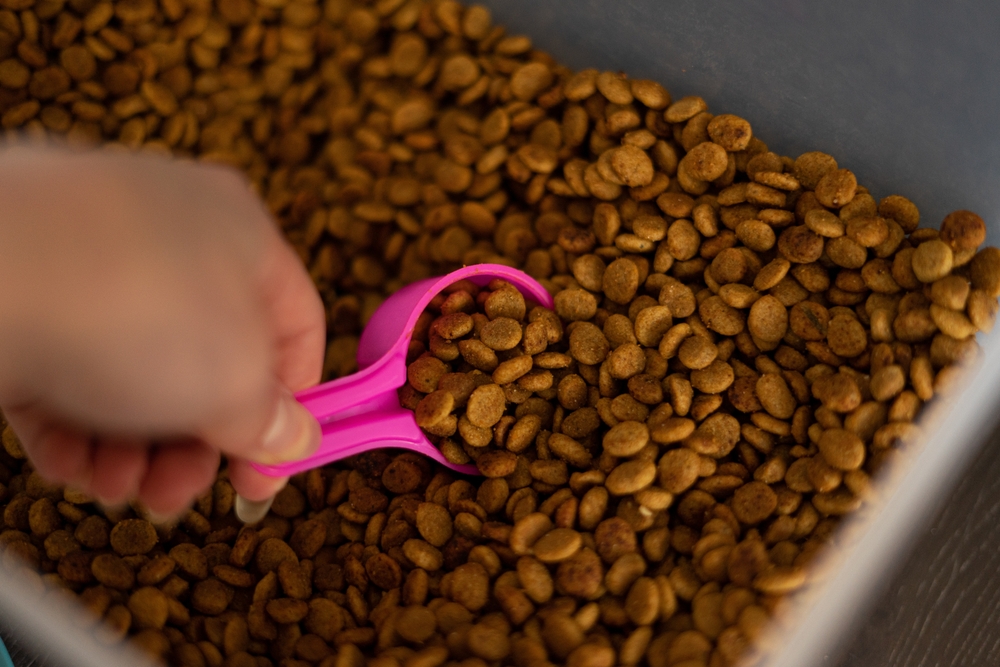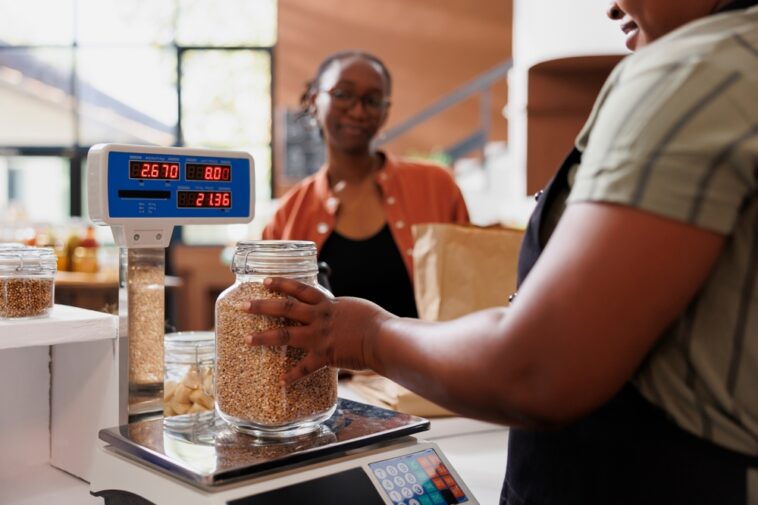When talking about weight, we often think of pounds, kilograms, or grams. But what about grains? If you’ve ever wondered how many grains in a pound, you’re in the right place. Everything will be explained to you in the most straightforward manner possible by this guide.
Understanding Grains and Pounds
What is a Grain?
A grain (gr) is one of the smallest units of weight measurement. It is primarily used in fields like medicine, firearms, and jewelry. One grain is equal to 0.0648 grams or 1/7000th of a pound.
What is a Pound?
A pound (lb) is a standard unit of weight in the U.S. and U.K. measurement system. It is equivalent to 16 ounces or approximately 0.453 kilograms. Historically, this measurement has been crucial in trade, commerce, and even agriculture, where farmers weigh their harvest in pounds before refining it further using smaller weight units like grains, similar to the process discussed in how to measure accurately.
Historical Significance of These Units
Originally, grains were determined by weighing a grain from a cereal plant, such as barley or wheat. In contrast, the pound has been used extensively in trade, commerce, and everyday life since the Roman era.
How Many Grains in a Pound?
This is the main question, and here’s the straightforward answer:
👉 There are exactly 7,000 grains in one pound.
That’s right! A single pound consists of 7,000 tiny grains.
Let’s put that into perspective:
- 1 pound = 7,000 grains
- 1 ounce = 437.5 grains
- 1 gram = 15.43 grains
So, if someone asks, “how many grains in a pound?“, now you know the precise answer!
The Importance of the Grain Measurement
Grains may seem insignificant, but they play a major role in various industries. Let’s explore how.
Use in the Jewelry Industry
To determine the weight of precious metals like gold, silver, and platinum, jewelry manufacturers utilize grains. When setting the price of these pricey things, accuracy is essential.
Use in the Firearm Industry
Bullet weights are often measured in grains. If you’ve ever bought ammunition, you’ve probably seen numbers like 115 gr or 147 gr on the box. These numbers indicate the weight of the bullet in grains.
Use in Pharmaceuticals
The pharmaceutical industry still uses grains to measure medication dosages, especially in older prescriptions. Historically, aspirin was measured in grains before transitioning to milligrams, a system still referenced in some medical contexts today. Understanding such conversions is crucial, much like how accurate weight measurements impact medical research.
Use in Food and Agriculture
Farmers and food scientists use grain measurement to weigh seeds and cereal crops, ensuring consistency in crop yield assessments. This precision helps with determining seed distribution per acre and estimating food production on a large scale, similar to how planting techniques improve yield.

Conversion of Grains to Other Weight Units
If you need to convert grains to other weight units, here’s how it works:
Grains to Ounces
- 1 ounce = 437.5 grains
- 10 grains = 0.022 ounces
Grains to Grams
- 1 grain = 0.0648 grams
- 100 grains = 6.48 grams
Grains to Kilograms
- 1 grain = 0.0000648 kilograms
- 1,000 grains = 0.0648 kilograms
How to Accurately Measure Grains and Pounds
To ensure accuracy, professionals use precision scales. Here are some tips:
- Use a digital scale – Traditional scales may not be accurate for small measurements.
- Calibrate the scale – Always zero the scale before use.
- Measure in a controlled environment – Avoid wind, vibrations, or other factors that can affect weight.
For high-precision measurement standards, you can refer to the National Institute of Standards and Technology (NIST), which provides regulations and guidelines for accuracy in weight measurement. Visit nist.gov for more information.
Fun Facts About Grains and Pounds
- The grain measurement dates back over 1,000 years.
- The Latin word granum, which means seed, is where the term “grain” derives.
- Some historical coins were weighed in grains.
- The bullet grain weight can affect a gun’s recoil and accuracy.
Conclusion
Now you know that one pound equals 7,000 grains. While grains may not be a common unit in daily life, they are still essential in industries like jewelry, pharmaceuticals, and firearms. The next time someone inquires, “how many grains in a pound?”, you’ll have the answer!
FAQs
1. How many grains in a pound exactly?
There are precisely 7,000 grains in a pound.
2. Why is the grain measurement still used today?
It remains relevant in specialized fields like firearms, pharmaceuticals, and jewelry, where precision matters.
3. How do I convert grains to grams easily?
To convert grains to grams, multiply by 0.0648. For example, 100 grains = 6.48 grams.
4. Is the grain measurement the same worldwide?
Yes, the grain is a universal unit with a fixed value of 0.0648 grams.
5. What industries still use grains for measurement?
Pharmaceuticals, firearms, jewelry, and agriculture all use grain measurements regularly.







